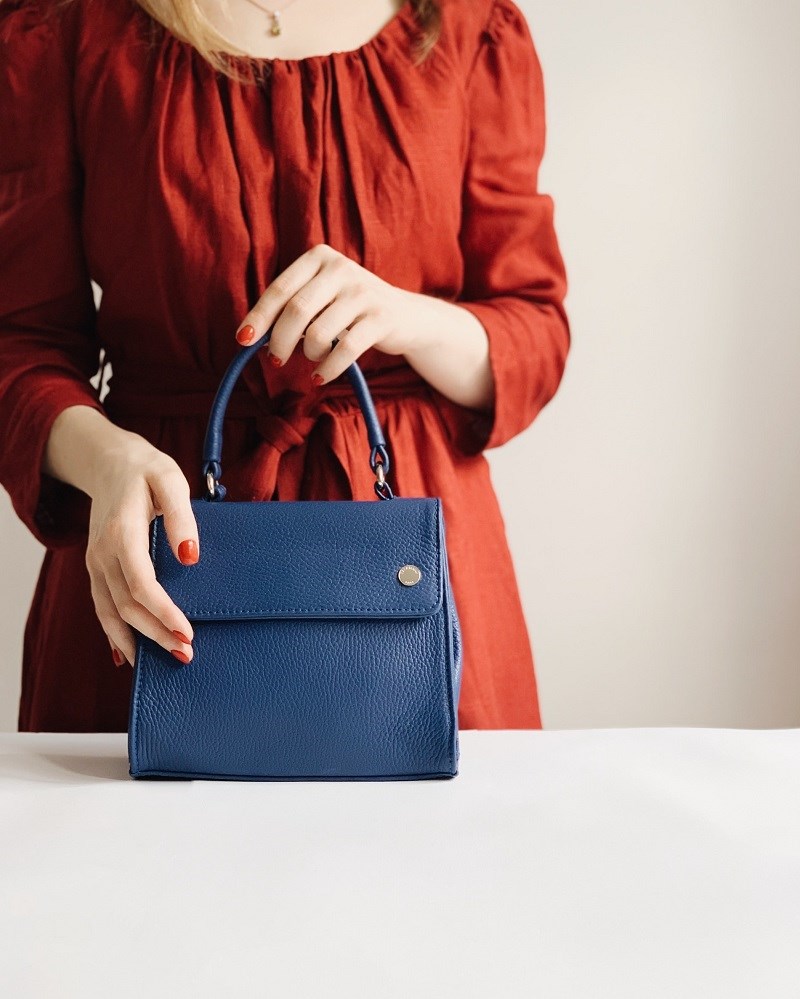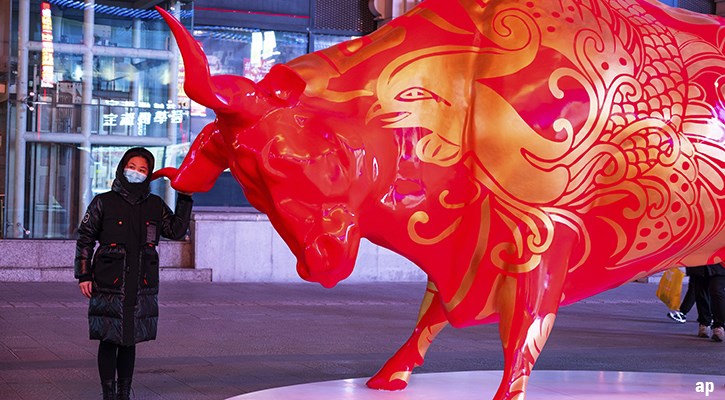
Hollywood heavyweight Will Smith recently joined a growing lineup of Hollywood celebrities who crossed into the fashion world when he launched a clothing line in early October inspired by his hit TV show The Fresh Prince of Bel-Air.
Celebrities are getting in on a lucrative business that you can too if you’ve got the same risk appetite and you’re looking to add some long-term flair to your portfolio. You’ll be going overseas as well, where new consumers make big names compelling opportunities.
Twice the growth in global markets
Fashion and luxury businesses are increasingly diversifying away from mature markets, expanding to faster growing emerging economies, particularly China which is projected to account for 46% of the worldwide luxury goods spending in 2025, up from 33% in 2018, according to Bain & Company. The growing slice of international sales and revenue is a compelling sign fashion brands’ global expansion efforts are bearing fruit. Much of the industry’s sales growth is expected to come from Asia and Latin America, projected to grow nearly twice as fast as markets in North America and Western Europe, according to the McKinsey Global Fashion Index.
While ramping up their international operations, leading fashion brands are aggressively cutting costs, leveraging e-commerce trends and are making strategic acquisitions to boost their offerings and unlock new revenue streams. The following style merchants enjoy industry dominance and enviable growth prospects.
Lasting brand power on sale
Trading at a meaningful discount to their current valuation, offering margin of safety, these stocks may be a good fit for investors looking to build a long-term stock portfolio.
|
Ralph Lauren Corp Class A |
||
|
Ticker |
RL |
|
|
Current yield: |
2.85% |
|
|
Forward P/E: |
12.77 |
|
|
Price: |
US$95.36 |
|
|
Fair value: |
US$118 |
|
|
Value: |
18% discount |
|
|
Moat: |
Narrow |
|
|
Moat trend |
Stable |
|
|
Star rating: |
**** |
|
|
Data as of October 31, 2019 |
||
Ralph Lauren (RL) makes and sells apparel, footwear, eyewear, jewellery, leather goods, and other lifestyle products under Polo Ralph Lauren, Lauren Ralph Lauren, Chaps, and Club Monaco brands.
An aspirational brand that symbolizes status and affluence, Ralph Lauren dominates its marketplace both at home and abroad. “The strength of the Ralph Lauren brand has allowed it to grow into one of the largest individual fashion companies,” says a Morningstar equity report, noting that while the men’s apparel business, the firm’s primary category, is very competitive, Ralph Lauren “with more than US$6 billion in annual revenue, has created a brand-based competitive edge over the past 50 years.”
The firm has a presence across product categories at varying price points -- especially, its large selection of men's and women's apparel ranges from mass-market to high-end, luxury fashion -- making it a valued partner for leading retailers. The fashion retailer’s prospects are particularly bright in international markets, which are expected to drive much of its growth. “The brand is more of a premium brand in Europe and Asia than in North America, allowing for reduced discounting and higher average unit retail,” says Morningstar equity analyst David Swartz, who puts the stock’s fair value at US$118.
Swartz forecasts international sales to rise to 54% of total sales in 2029, from 43% in 2019, boosted by store openings in underserved markets in Europe and China.
|
Tapestry Inc |
||
|
Ticker: |
TPR |
|
|
Current yield: |
5.14% |
|
|
Forward P/E: |
10.30 |
|
|
Price: |
US$25.64 |
|
|
Fair value: |
US$41.50 |
|
|
Value: |
37% discount |
|
|
Moat: |
Narrow |
|
|
Moat trend: |
Stable |
|
|
Star rating: |
**** |
|
|
Data as of October 31, 2019 |
||
Best known for its Coach branded high-end women’s handbags, Tapestry (TPR) also comprises fashion and accessory brands Kate Spade and Stuart Weitzman. The company sells its products through more than 1,500 company-operated stores and e-commerce across North America, Europe, and Asia. With more than US$4 billion in annual sales, Coach remains Tapestry's largest brand.
Coach has about 8% market share of the US$48 billion worldwide luxury leather goods (in 2018), according to a Morningstar equity report, which forecasts Coach will account for 70% and 86% of Tapestry’s 2020 revenue and segment operating income, respectively.
Coach picking up Chinese consumers
Tapestry’s competitive edge is built primarily on the brand strength and pricing power of Coach that “shares many of the qualities of other luxury brands per the Morningstar Luxury Brand Power Framework,” says Swartz. The firm’s growth opportunities, he adds, go beyond leather goods to complementary categories like footwear and fashion. “China is expected to be a key growth region for Coach,” says Swartz, who forecasts the regional economic powerhouse to drive Coach’s Asia sales to US$2.3 billion in 2028 from US$1.6 billion in 2019.
While Kate Spade and Stuart Weitzman don’t contribute to Tapestry’s moat, they provide growth opportunity in North America and Asia through store openings and new products, says Swartz, who recently cut the stock's fair value to US$41.50 from US$44, prompted by lowered sales forecast for the immediate future.
|
PVH Corp |
||
|
Ticker: |
PVH |
|
|
Current yield: |
0.17% |
|
|
Forward P/E: |
8.67 |
|
|
Price: |
US$86.61 |
|
|
Fair value: |
US$138 |
|
|
Value: |
36% discount |
|
|
Moat: |
Narrow |
|
|
Moat trend: |
Stable |
|
|
Star rating: |
**** |
|
|
Data as of October 31, 2019 |
||
One of the largest global fashion apparel companies, PVH (PVH) designs and markets branded clothing in more than 40 countries. The firm’s brands, which include popular names such as Calvin Klein and Tommy Hilfiger, generate approximately US$20 billion in global sales, roughly 6% of the worldwide apparel market. While the fashion retailer owns several smaller brands, Calvin Klein and Tommy Hilfiger accounted for more than 80% of its US$10 billion revenue in 2018.
Tommy and Calvin are still hip
PVH’s competitiveness is rooted in the strength of its Tommy Hilfiger and Calvin Klein brands, which boast premium pricing and global appeal, says a Morningstar equity report. These brands, the report adds, will continue to underpin the company’s narrow moat “despite facing competitive and macroeconomic pressures at home and abroad.”
International sales for the two brands are projected to account for 60% of total sales in 2019. “Despite the inherent currency, political, and economic volatility, growth rates and operating incomes for the international segments of both Calvin Klein and Tommy Hilfiger have exceeded those of the North American segments of both brands over the past three years,” says Swartz, identifying Latin America and Asia as future revenue growth frontiers.
Watch out for the trade war
Ongoing trade war and a weak environment for apparel retail in North America and China could dampen PVH’s growth in second half of 2019, cautions Swartz who recently pared the stock’s fair value from US$141 to US$138.























